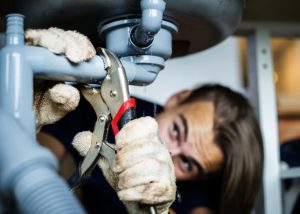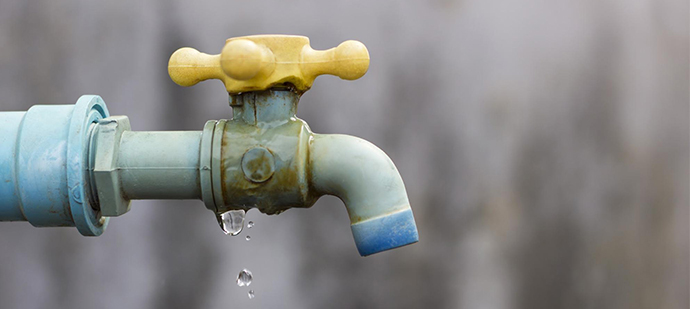Uncovering Hidden Water Line Leaks: Six Useful Detection Methods
Uncovering Hidden Water Line Leaks: Six Useful Detection Methods
Blog Article
Have you been trying to find help and advice concerning Locating water leaks?

Early detection of dripping water lines can minimize a possible disaster. Some small water leaks may not be noticeable.
1. Take A Look At the Water Meter
Inspecting it is a guaranteed means that helps you discover leakages. If it relocates, that suggests a fast-moving leakage. This implies you may have a slow-moving leakage that might even be below ground.
2. Examine Water Usage
Evaluate your water expenses and track your water consumption. As the one paying it, you need to notice if there are any kind of inconsistencies. If you identify sudden changes, in spite of your usage being the same, it suggests that you have leakages in your plumbing system. Remember, your water expense must fall under the exact same array monthly. A sudden spike in your costs indicates a fast-moving leakage.
Meanwhile, a constant increase each month, despite the exact same habits, reveals you have a sluggish leak that's also gradually escalating. Call a plumber to thoroughly inspect your residential or commercial property, specifically if you really feel a cozy area on your flooring with piping underneath.
3. Do a Food Coloring Examination
When it comes to water usage, 30% comes from bathrooms. If the color somehow infiltrates your dish throughout that time without flushing, there's a leak between the container and also dish.
4. Asses Outside Lines
Don't forget to examine your outside water lines as well. Examination faucets by attaching a garden hose pipe. Must water leak out of the connection, you have a loose rubber gasket. Change this and also make certain all links are tight. If you've got a sprinkler system, it will assist get it professionally examined and also preserved yearly. One small leakage can throw away tons of water and also increase your water expense.
5. Assess the scenario and check
House owners must make it a habit to inspect under the sink counters as well as also inside closets for any kind of bad odor or mold and mildew development. These 2 red flags show a leak so timely interest is required. Doing regular assessments, also bi-annually, can save you from a significant problem.
Examine for discolorations and also deteriorating as a lot of devices and pipes have a life span. If you believe dripping water lines in your plumbing system, don't wait for it to escalate.
Early discovery of leaking water lines can reduce a potential calamity. Some little water leaks may not be visible. Examining it is a guaranteed method that helps you discover leaks. One little leakage can squander loads of water and also spike your water expense.
If you believe dripping water lines in your plumbing system, do not wait for it to intensify.
WARNING SIGNS OF WATER LEAKAGE BEHIND THE WALL
PERSISTENT MUSTY ODORS
As water slowly drips from a leaky pipe inside the wall, flooring and sheetrock stay damp and develop an odor similar to wet cardboard. It generates a musty smell that can help you find hidden leaks.
MOLD IN UNUSUAL AREAS
Mold usually grows in wet areas like kitchens, baths and laundry rooms. If you spot the stuff on walls or baseboards in other rooms of the house, it’s a good indicator of undetected water leaks.
STAINS THAT GROW
When mold thrives around a leaky pipe, it sometimes takes hold on the inside surface of the affected wall. A growing stain on otherwise clean sheetrock is often your sign of a hidden plumbing problem.
PEELING OR BUBBLING WALLPAPER / PAINT
This clue is easy to miss in rooms that don’t get much use. When you see wallpaper separating along seams or paint bubbling or flaking off the wall, blame sheetrock that stays wet because of an undetected leak.
BUCKLED CEILINGS AND STAINED FLOORS
If ceilings or floors in bathrooms, kitchens or laundry areas develop structural problems, don’t rule out constant damp inside the walls. Wet sheetrock can affect adjacent framing, flooring and ceilings.
https://www.servicemasterbyzaba.com/blog/how-to-detect-water-leakage-in-walls/

As a passionate reader about Detecting hidden plumbing leaks, I imagined sharing that excerpt was beneficial. Are you aware of another individual who is excited by the niche? Please feel free to promote it. Kudos for your time. Come back soon.
Professional help? Ring! Report this page